3d Track Motion Pivot Vegas Change Position
12 ways 3D printing changed the world
Few technologies have proved to be as revelatory as 3D printing in recent times. It's astounding to think that up until just a few years ago the idea of being able to print out any real, physical object you could imagine – all safely at home – was mostly considered the stuff of science fiction. Though the earliest 3D printing technologies can be traced back to 1986, when the first patent was issued for an SLA apparatus invented by Charles Hull, it was not until January 2009 that the first commercially available consumer 3D printer, the BfB RapMan, was put up for sale. The move was like the start of an avalanche. Soon, projects like Z Corp's Spectrum Z510, RepRap and MakerBot's Cupcake CNC kit began to change the world for good.
3D printers could be bought to use in anyone's living room or office, and for many, it marked the start of the next industrial revolution. Fast-forward to today and 3D printing has been used to develop the world's first fully drivable 3D-printed car, made up of 212 layers, and has enabled astronauts to quickly print much-needed tools on the International Space Station. One day soon, it could herald the start of a whole new way of farming, making clothes or building homes. We could even see the dawn of fully functional 3D-printed human organs.
Let's take a look at the industries and innovations being shaped by 3D printing today. And if you want to get started with 3D modelling, see our best 3D modelling software roundup, or explore our inspirational 3D art.
01. History
For some, 3D printing offers a way to see the past in a new light. Innovative artist and designer Tobias Klein collaborated with Adobe for his studio's project The Garden of Earthly Delights (pictured), inspired by Hieronymus Bosch's Garden of Earthly Delights.
Bioartist Diemut Strebe went even further: in 2014 she began to develop Sugababe, an ongoing project that involved creating a living replica of Vincent van Gogh's infamous ear. Using genetic material supplied by the living great-great-grandson of van Gogh's brother combined with genetically engineered components, cells grew into an ear-shaped scaffold. A 3D printer was then used to shape the ear into the final replica – all using a 3D model created by Strebe with the only known photo of van Gogh's right ear as reference.
02. Art and design
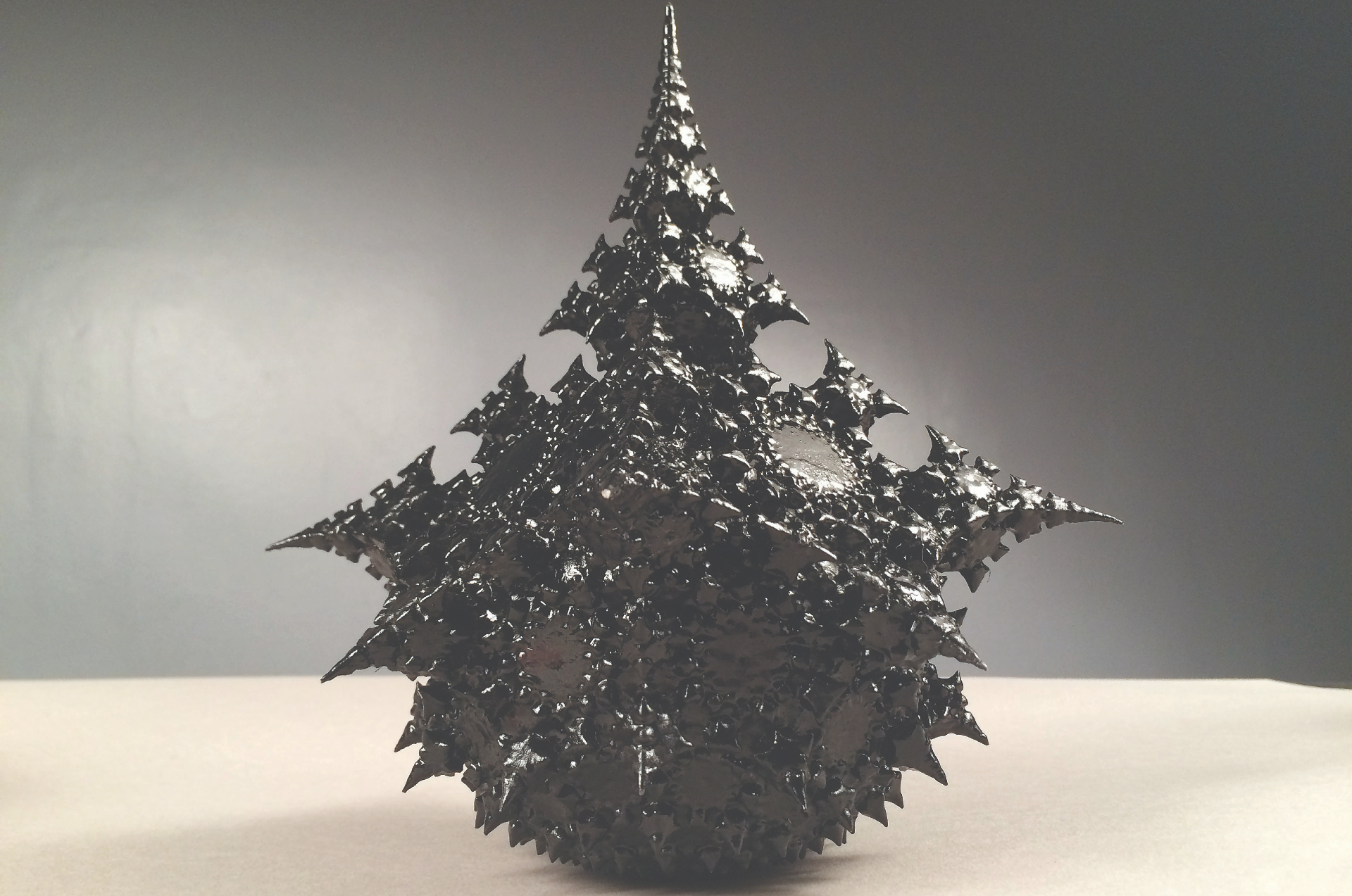
One of the most immediately obvious benefits of 3D printing at a consumer level has been to the world's artists and designers. Desktop 3D printers have better resolutions and build volumes than ever before, and what was once a choice between ABS or PLA has quickly opened to a huge variety of colours and options. Any artist interested in 3D printing their work is spoiled for choice.
"3D printing will definitely play an important role in the world of art going forward," says artist Jérémie Brunet. Fascinated with fractals since the age of 13, Brunet jumped at the chance to use 3D printing to actually hold one. "Having played for many years with fractals on my computer screen, giving them substance via 3D printing was somehow inevitable," he laughs. "The main challenge is that what is interesting in fractals is their infinite level of detail, and of course 3D printing has to comply with the rules of physics and with a maximum level of detail.
"In general, it involves the export of voxel stacks from Mandelbulb3D to start with. Stacks are then combined into a triangle mesh using Fiji's marching cubes algorithm. There's post-processing and optimisation in MeshLab, and final checks and repairs in Netfabb."
03. Vehicles
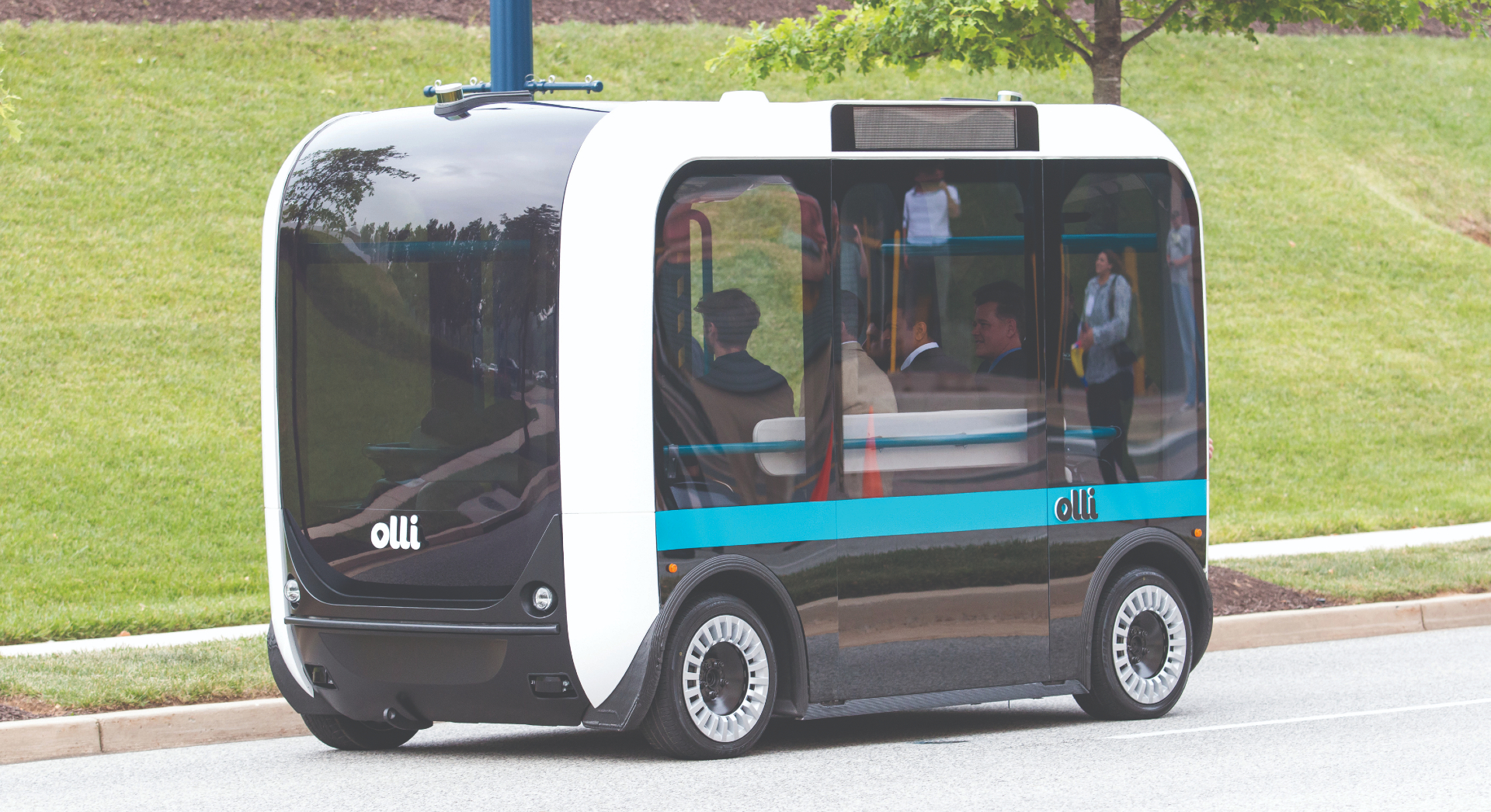
Local Motors made headlines at the 2015 North American International Auto Show when it debuted the world's first fully drivable 3D-printed car by printing and assembling it live on the show floor. Called the Strati, the car is made up of less than 50 parts – the average vehicle has 2,000 parts – and it takes 44 hours to print the 212 layers needed to create one.
"The ultimate goal Local Motors has for its 3D-printed cars," reveals Local Motors' Jamie Hobbs, "is for consumers to be able to come into one of the factories and say 'I want a four-seater with this type of body style and colour', and Local Motors to have it available for them within a couple of days."
Another breakthrough vehicle design was the Urbee (URBan Electric with Ethanol as backup), an incredible working prototype of a daily use car with a 3D-printed body that works solely through renewable energy. "Ever since I started my design company in 1984, my small group has always made models of our designs out of wood, foam, plastic and more," explains Jim Kor, president of KOR EcoLogic. "As 3D printing became more and more economic, we adopted that technology, until it was fully integrated in our process."
04. Architecture
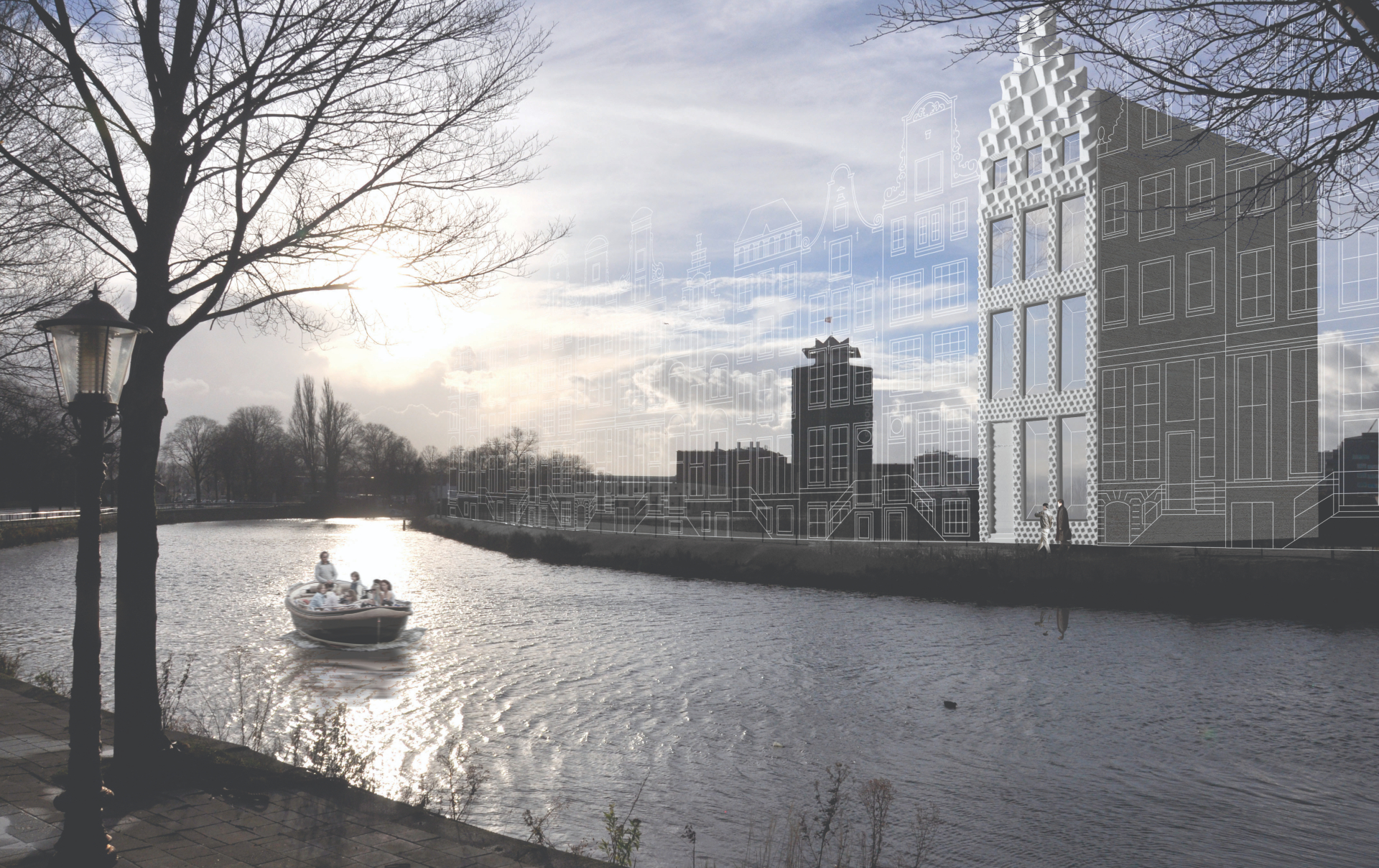
Soon, we could even start to see 3D-printed cities, and have an amazing new solution to solving homelessness or creating rapid housing for disaster-stricken communities. Chinese company Winsun has already showcased ten £3,200 concrete houses that were all 3D printed in a day, and even unveiled a 3D- printed 1,100 square metre villa and five-storey apartment building in late 2014.
Amsterdam firm DUS Architects publicly opened its 3D-printed Canal House in 2013 – an exhibition, research and building site for 3D printing architecture. The entrance fee is part of what helps finance the house, and as it is still under construction, this means anyone can watch as the team continue 3D printing and see the Canal House change and grow in the very heart of the city.
The printer DUS Architects developed for the project is called the KamerMaker. "The KamerMaker works in exactly the same way as the Ultimaker, the small desktop 3D printer, as it is simply an upscaled version," reveals Tosja Backer, expo manager of the Canal House at DUS Architects. The team is currently printing with bioplastics and aim to print with a material that is sustainable while still sturdy and stable – perfect for printing buildings at high levels of detail that are customised to the commissioner.
05. Fashion and jewellery
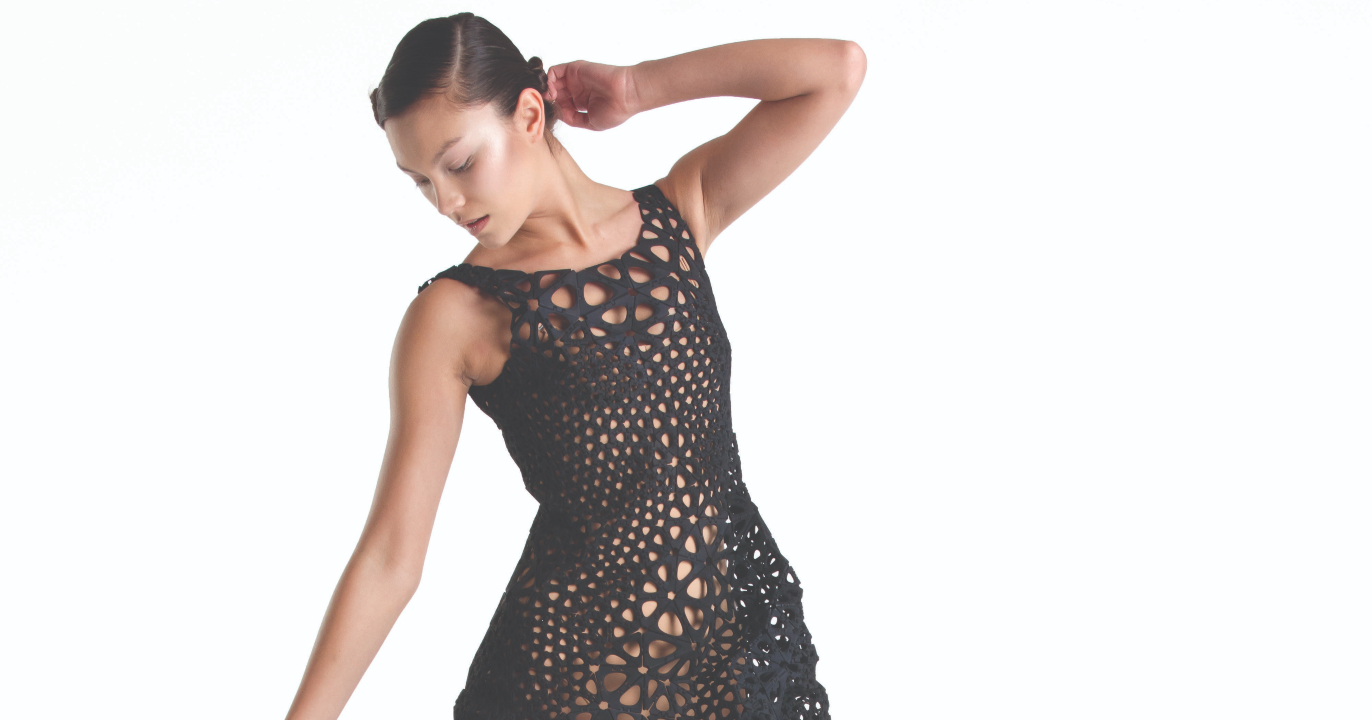
As liberating as the advent of consumer 3D printing was for artists, it has arguably been even more life-changing for jewellery designers. Printers such as the B9Creator use a powerful Digital Light Processing projector to shine an image onto a resin, curing it into a solid to make very tiny, high-resolution final prints that are perfect for jewellers. This means that designing and casting unique jewellery has become easier, more iterative and more accessible to the general population than ever before.
"The product development and manufacturing pipelines have changed since I started using 3D printers," says jewellery designer Mark Bloomfield. "There's an immediacy now which is very difficult to achieve with traditional forms of manufacture. I can get new samples in as little as three days and production doesn't take much longer, so you can iterate and supply while the idea is still fresh and exciting." Using Blender, Bloomfield aims to create jewellery that truly takes advantage of the 3D printing process by being unlike anything you could normally find in a shop. It's entirely customisable – charms on his Pixel Trellis Runway Necklace can be removed, repositioned or twisted to turn on flashing LEDs inspired by landing lights on a runway.
Generative design studio Nervous System has also taken advantage of 3D printing processes to invent whole new products. As well as selling jewellery and housewares, it has developed a system for 4D printing called 'Kinematics', which creates complex, foldable forms with flexible structures straight from the printer – no assembly required. Everything from jewellery to clothes has been created with the system, and Kinematics apps even allow users to develop their own perfectly sized designs to order or 3D print at home.
06. Augmented reality
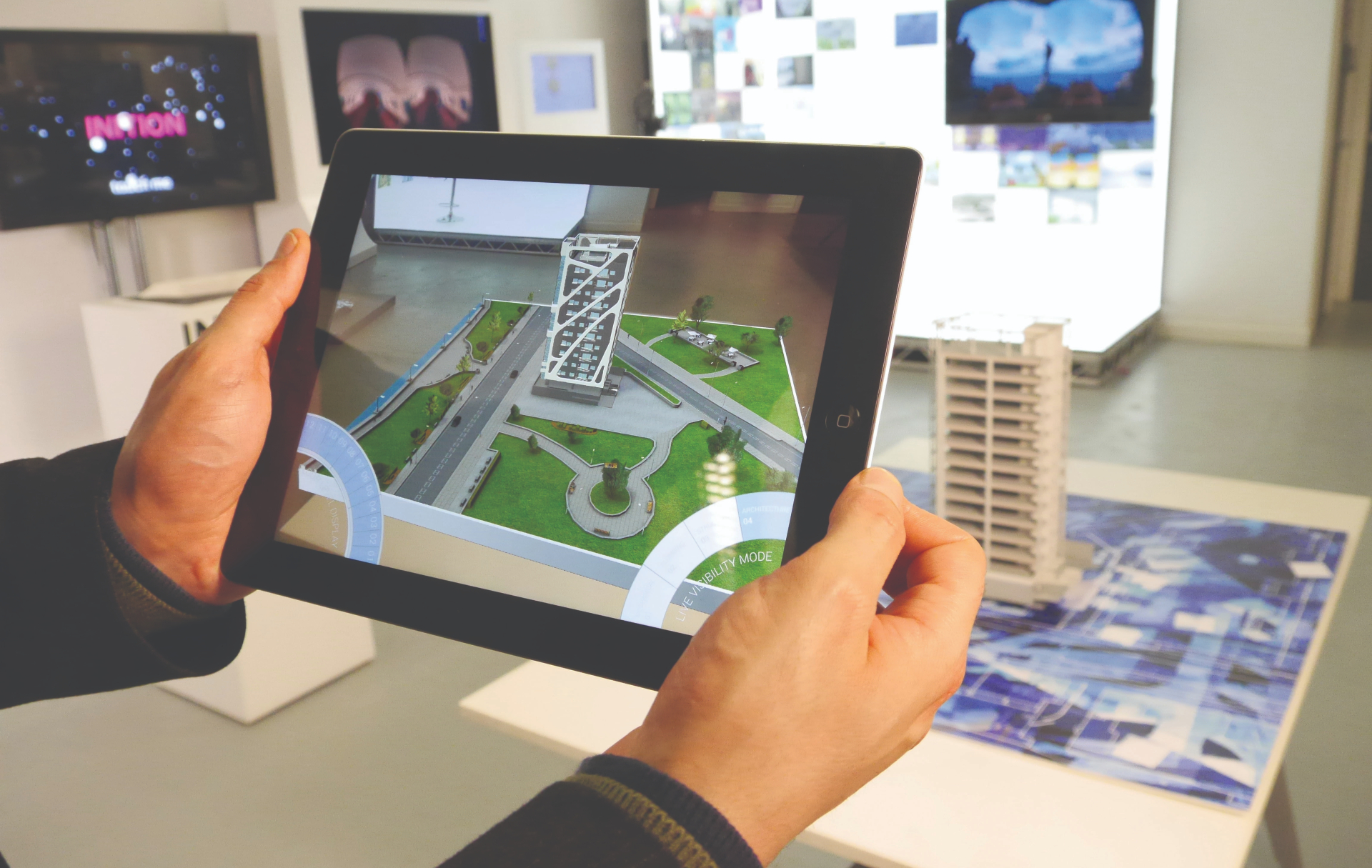
They may seem like very different things, but 3D printing has also been used with another recently repopularised technology: augmented reality. When the team at Inition were approached by architects Zaha Hadid to use augmented reality to enrich architectural prints, the results of combining the two technologies were highly successful. "It allowed the expression of complex concepts through easily accessible means, allowing the user to explore the subject while navigating in a wholly intuitive manner," comments Alex Lambert, lead creative at multidisciplinary production company Inition.
"Personally, I would like to do something more creative," he adds. "An abstract piece, such as a music video or a live streaming piece, compositing real people within a 3D-printed stage or set."
07. Food
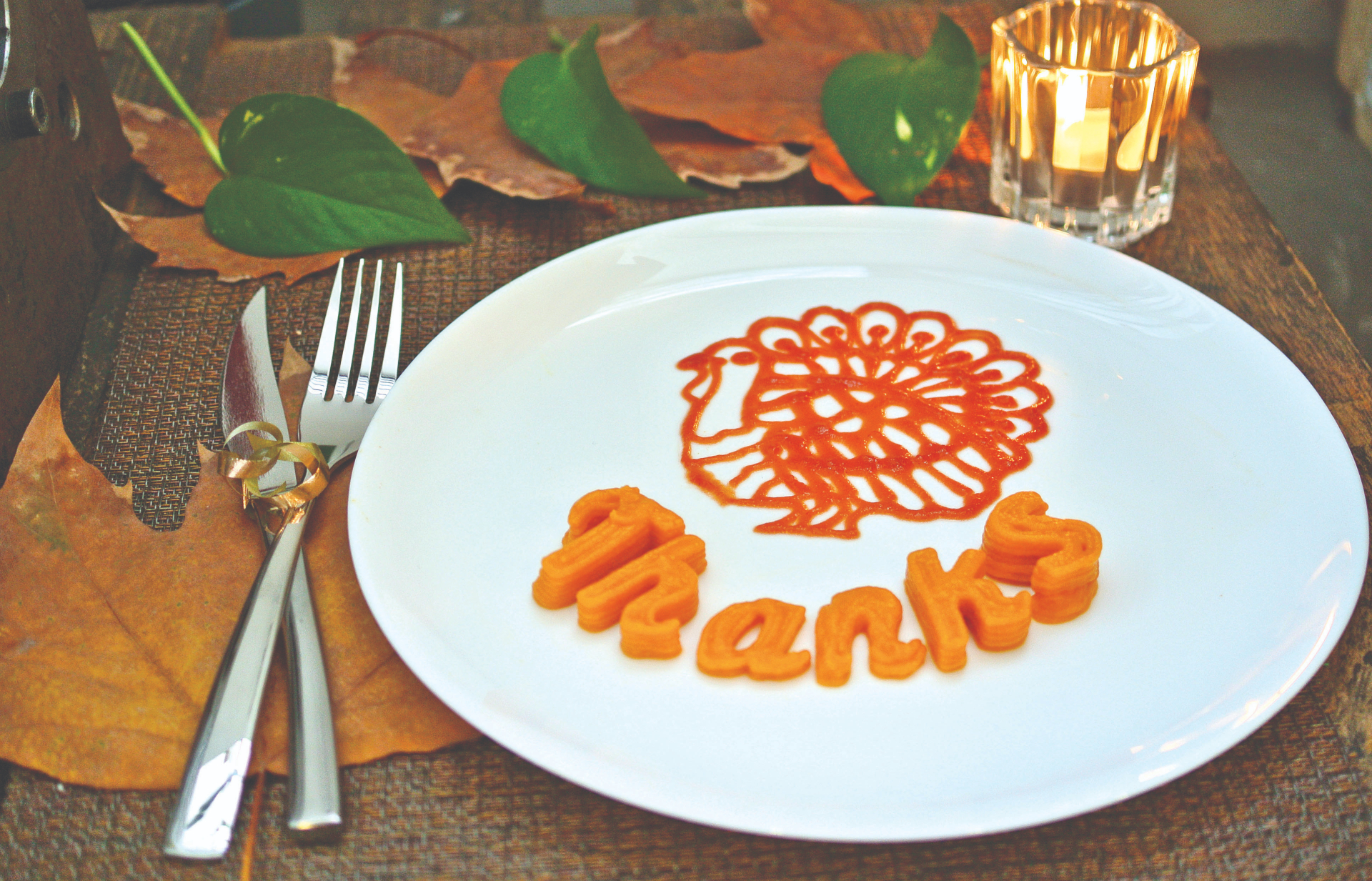
Food production is another area that has garnered a significant amount of attention since the advent of consumer-level 3D printing. In theory, all you have to do is 3D print edible products instead of plastic and it could transform the food industry. Barilla, Hershey's and Mondelez International are just a few of the worldwide food brands currently exploring this potential.
Today, 3D printers have been modified to create a wide variety of customisable foods, including sugar, ice cream, pasta, chocolate and even pizza. Foodini from Natural Machines is one such printer. It is in early-access but can be purchased for £3,000.
To use the Foodini, which has been engineered to take on the time-consuming parts of food preparation, the user first simply chooses what recipe they want to print from the Foodini's internet-connected touchscreen or from their own computer or mobile device. Foodini then gives a breakdown of instructions for the various ingredients that should be prepared and placed in its stainless steel capsules, which are reusable and easy to clean. Next, the edible ingredients previously loaded into the machine are squeezed out of the capsules – then it's ready to cook and eat.
08. Electronics
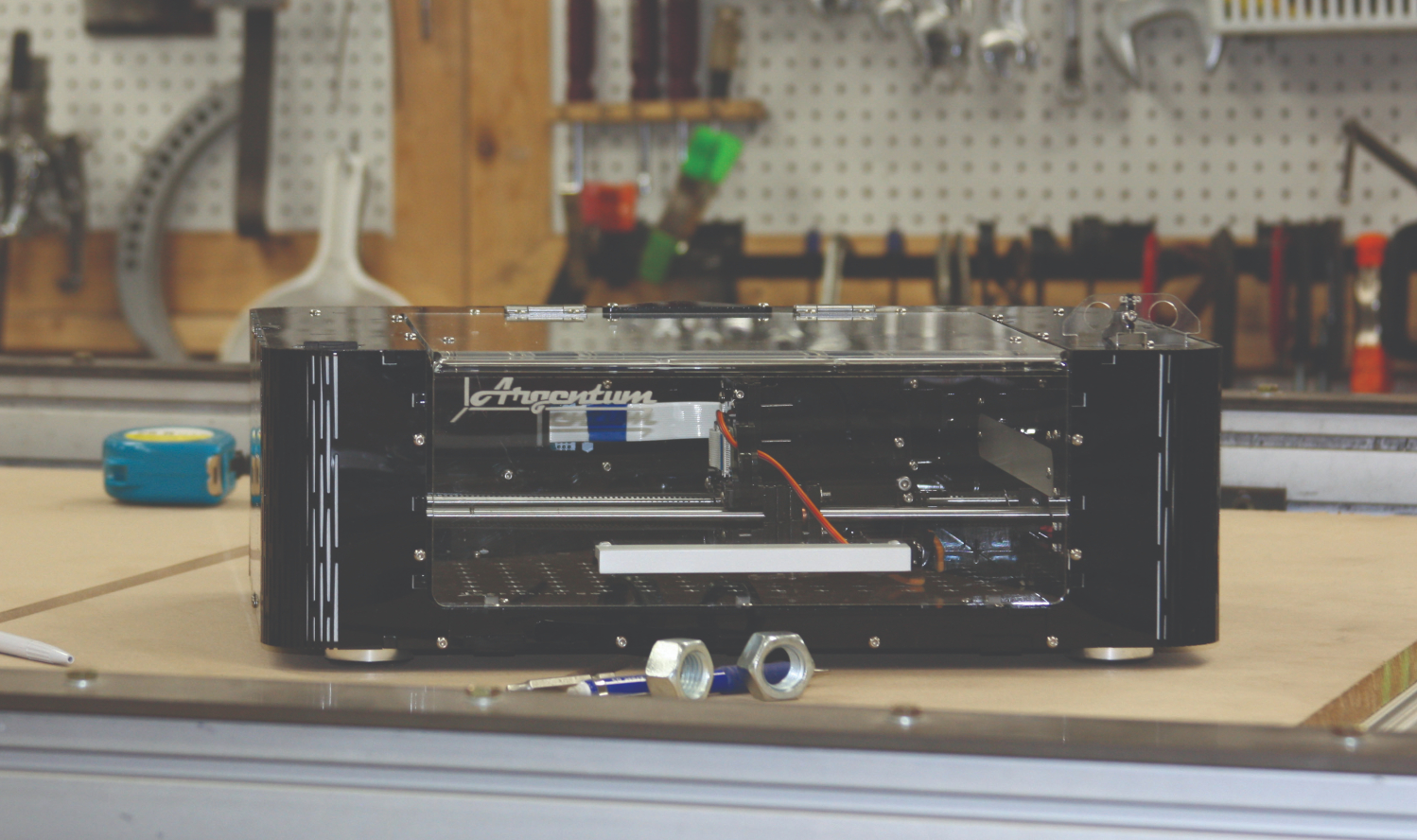
Upcoming desktop printers will disrupt the design and manufacture of electronics. Voxel8's DK Printer product enables users to co-print matrix materials, such as thermoplastics and highly conductive silver inks, in order to produce customised devices like electromagnets and working electromechanical assemblies.
Cartesian Co's flagship Argentum printer, available as a kit or fully assembled, can print circuits in minutes and enables users to print them on paper, fabric or anything else that fits. Users can then even solder components straight onto the board as they normally would, even when on paper.
09. Robotics
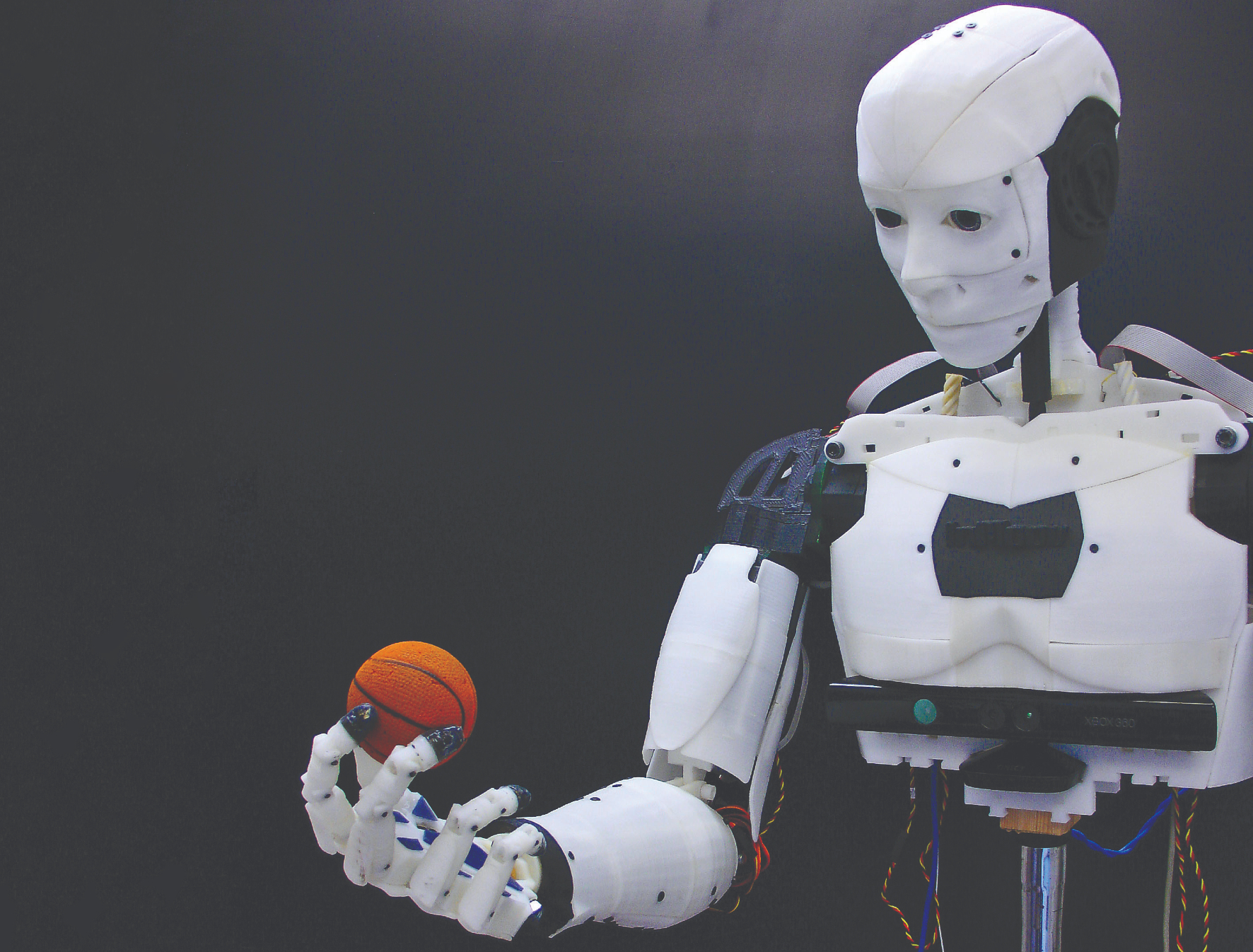
In the world of robotics, 3D printing has revolutionised the cost at which anyone, anywhere in the world, can create their very own functional robot. InMoov, a life-size humanoid robot designed in Blender by model maker and sculptor Gael Langevin, has gone from Langevin's personal project to becoming one of the most famous faces in the industry. Made up of 3D-printed parts, InMoov can move, recognise voice commands, and there are even YouTube videos of an InMoov bartender. Best of all, Langevin has made the whole project open source, and InMoov parts can be printed by anyone with a 3D printer that has a build area of 12cm3.
The project even sparked some of the early pioneers of the open-source, 3D-printed prosthetics movement, providing the earliest proof that 3D-printed, functional limbs were mechanically possible on a budget.
If building a life-size robot isn't for you, Intel instead has a 3D-printable consumer option that you can design and customise. Jimmy the robot can sing, translate languages, send tweets and even serve beer – all for $1,600 (£1,266). Intel is releasing the 3D-printed blueprints to create the droid free of charge, but to complete the construction you will need to buy a kit of all the parts that can't be 3D printed, including motors and an Intel Edison processor chip.
10. Space
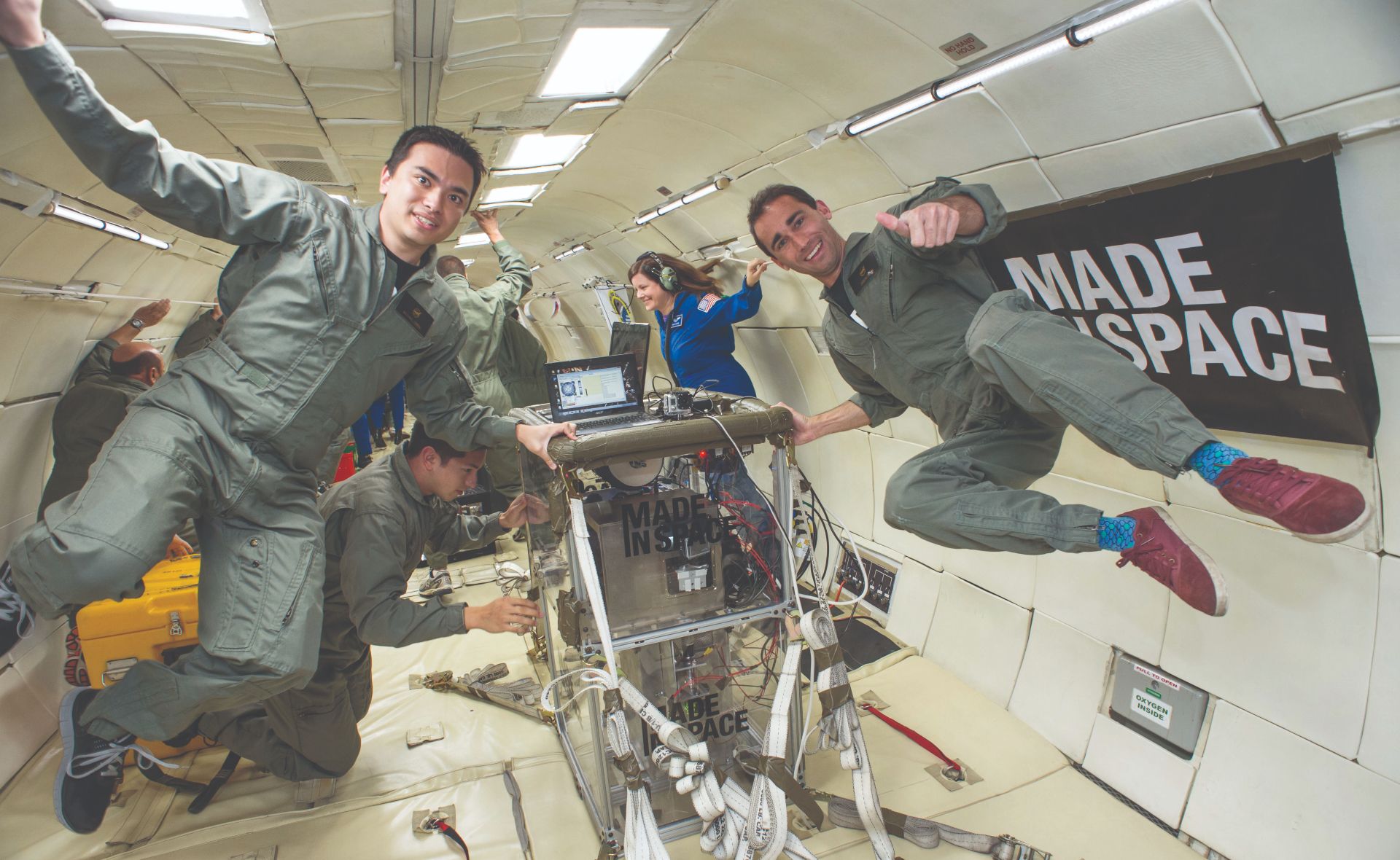
It may seem like sci-fi, but 3D printing in space has become a reality for astronauts on the ISS. In 2014, NASA mission control did what was previously thought to be impossible: they emailed a working socket wrench to space. To use the wrench, astronauts then printed the CAD file with an experimental zero-gravity 3D printer built by engineers at Made In Space under a joint partnership with NASA MSFC, contracted as the '3D Printing in Zero-G Experiment'. The wrench, which took four hours to complete, was the very first object to have been designed on the ground before being sent digitally into space.
The process hasn't been easy, especially with the challenges of successfully 3D printing without the natural gravity that helps deposit layers on Earth. The Made In Space team had to ensure that thermal processes were adjusted and extreme safety precautions were in place so the printer posed no threat to astronauts.
By successfully ushering in a new age in which assets are manufactured directly in space instead of launched from Earth, Made In Space's team has achieved something truly exciting. The technology could seriously accelerate and broaden space development while also showcasing a critical logistical solution in establishing a sustained human presence in space. After just four months, 25 parts were made off-world with no failures in any of their printing processes.
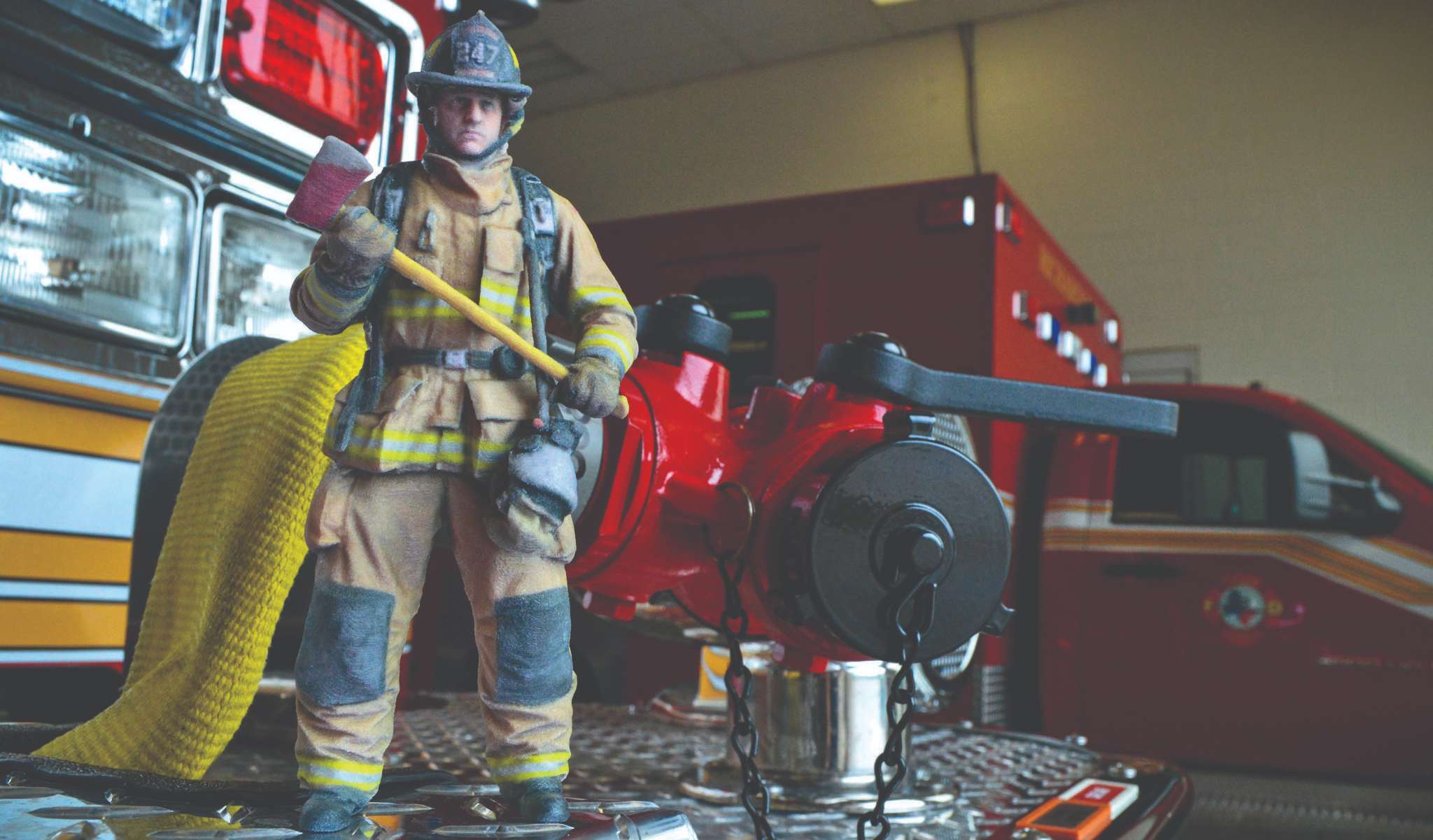
From helping create the stop-motion facial movements in The Boxtrolls to making the printing of mini 3D self-portraits at supermarkets a reality, 3D printing has hugely expanded as a technology in media and entertainment.
"I set up Zealot Miniatures for a little extra beer money, while starting university studying CGI modelling," explains Eddie Fisher. By modifying printers to be able to create work in layers down to 6 microns (0.006mm), Fisher has seen his beer money project grow into a thriving business. "Customers buy the models for board games or to paint, as minute artworks," he reveals. Incredibly, because these miniatures and scenery pieces are made at such a high resolution, it can take up to three days to print just one.
Legacy Effects, a special effects studio in Southern California that has created work for films such as Pacific Rim, the Iron Man franchise and The Avengers, has been embracing 3D printing for many years. The team has a full 3D printing lab with nearly ten machines, and they're not just used for rapid prototyping of parts. In RoboCop, versions of the suit used in the movie were made up of as much as 90% Stratasys 3D-printed parts.
12. Agriculture
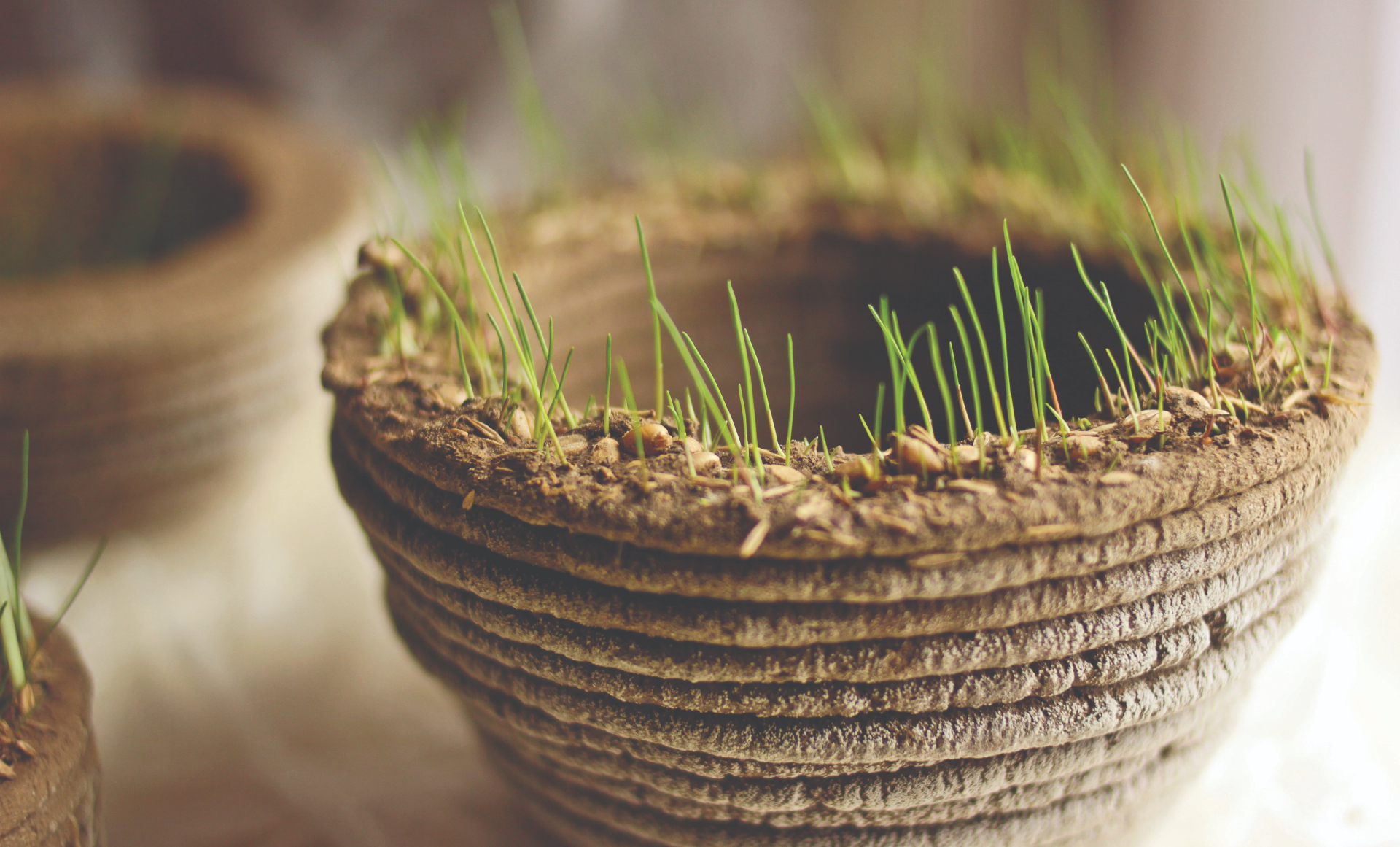
Why stop at 3D printing your food when you can help grow it in the first place? With Print Green, students Maja Petek, Tina Zidanšek, Urška Skaza, Danica Rženičnik and Simon Tržan from the University of Maribor aimed to link art, nature and technology. Together, they developed a CNC machine designed to print a mixture of soil, water and seeds in order to create 3D prints that would turn green over time.
Meanwhile, the open-source FarmBot is set to use similar ideas to create food for everyone. "I see incredible progress in the 3D printing industry and figured there had to be other ways in which the technology and the open-source philosophy could be applied," says Rory Aronson, the project organiser behind FarmBot. "An obvious application to me was planting seeds, and tending to them in a precise way."
As well as allowing for precision CNC farming with millimetre accuracy, FarmBot can also be set up, customised and controlled directly from a web browser. It ships with some of the most common electronics of the DIY world: the Raspberry Pi Model B+ and the Arduino Mega 2560.
"In five years' time, I hope there is a vibrant community surrounding FarmBot technology," Aronson tells us. "I hope to see that the technology is significantly refined such that it is very functional for a wide range of use cases, such as vertical, hydroponic and experimental farming, as well as soil-based, small-scale applications."
This article was originally published in 3D World , the world's best-selling magazine for CG artists. Subscribe to 3D World .
Read more:
- Best 3D pen: Model and design in 3D
- The best laser cutters
- How to succeed as a designer-maker
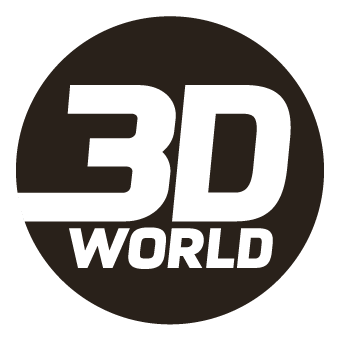
3D World is the best-selling international magazine for 3D artists, covering the fields of animation, VFX, games, illustration and architecture.
Related articles
3d Track Motion Pivot Vegas Change Position
Source: https://www.creativebloq.com/features/12-ways-3d-printing-changed-the-world
0 Response to "3d Track Motion Pivot Vegas Change Position"
Post a Comment